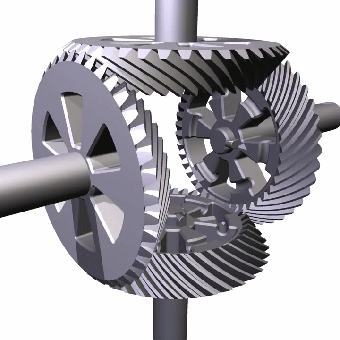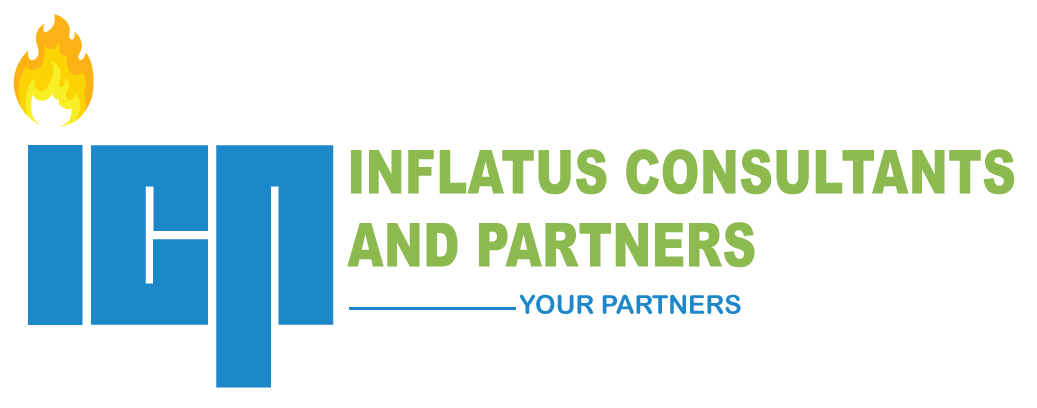New Project Team Member: Team Cohesion Implications

It often happens that a project team member (PTM) is replaced for several reasons. But it is not generally understood that it comes with its own risks. The new project team member may become the elephant in the room that must be managed skillfully. Otherwise, performance or even the project objectives may be jeopardized.
This becomes even more critical if the new team member has a different work style; tends to work in isolation, hardly communicating with the rest of the team.
Of course, changes in the project team, as the project progresses, is normal and should be expected because the composition of the team at any time should reflect the actual needs of the project. The completion of project tasks renders the skills and competencies of some team members redundant while outstanding tasks may require a different set of skills.
Accordingly, Eskerod and Blichfeldt, Danish professors of project management, asset that the main project management challenge posed by this change is the need to maintain team cohesion, necessary for enhanced team performance, while taking the new entrant on board. We will discuss the impact of team cohesion on team performance in a subsequent post.
Generally, changes in project team composition, either by the exit of a team member or the addition of a new member, introduces risks to the project team. These risks, according to the Project Management Body of Knowledge Guide (PMBOK), may be positive, in that they enhance project performance or negative, in that they have deleterious effects on project performance.
Thus, the entrance of a new team member should not be taken lightly. A team member whose work style is different from the rest of the team may introduce several risks, including the following:
- Conflict
Sources of conflicts in the project environment include differences in work style as well as what Dr. Paul Sanghera calls “perceptions, values and emotions, and power struggles”.
However, the usual evolution of project teams through the Tuckman’s stages of team development – forming, storming, norming and performing – addresses these risks, and enhances team performance. Team members get to understand themselves and their work styles, prejudices etc. over time.
But the entrance of a new team member midway into project execution might upset existing team cohesion, necessitating the repeat of the team development process. This reminds me of a situation in one of my previous project teams. The team had been formed and team development, including team building events, completed. The team was already raving away with the project when one team leader was replaced. The replacement turned out to be a self-conceited, power-hungry fellow who came fighting virtually everybody, including the project manager. He generated so much conflict that he had to be removed to save both the team and the project.
- Communication Problems
For instance, a reclusive new team member brings peculiar (communication) risks to the project team and could result in frustrations and relationship inefficiencies within the team.
This is very dangerous as the project team may not know the state of the deliverables that the individual is responsible for. This may lead to last minute surprises. It could be even worse if he heads off in the wrong direction, as much damage could be done before the team becomes aware. Imagine a programmer, who misunderstood the client’s requirements and heads off working on the wrong solutions for weeks without informing anybody!
A similar situation played out in one of our project teams. A project engineer for one scope item kept everyone in the dark. He reported every week that the project was on track. But the project manager was suspicious. Once he went on vacation, the project was audited. The result was staggering: the project was way behind schedule and the contractor was in financial distress!
- Set Back to the Team
The change in the composition of the project team may affect all team members. It may even lead to the project team being set back to earlier phases of team development, as mentioned above.
In fact, the entrance of the new team member can so offset team cohesion that the team may have to be taken through the processes of forming, storming and norming again to recover the stage of performing.
For example, in one of our projects the client had requested the replacement of the planning engineer, a key member of the project management team. I recommendation to take the new team member through a very gradual process of on-boarding to ensure that his entrance did not constitute a setback to the project team and project progress.
In conclusion, I would like to reiterate that changes in the composition of the project team during project execution is normal and should be expected. This may be part of resource usage optimization. However, the introduction of a new team member midway in the life of the project may introduce both negative and positive risks to the project, including conflicts due to differences in work styles or communication problems. Team cohesion may be so badly affected that team development processes have to be repeated. It is, therefore, important for the project manager to recognize this as a key part of team management. Team management, according to the PMBOK, is the process of tracking team member performance, providing feedback, resolving issues, and managing changes to optimize project performance. The key benefit of this process is that it influences team behavior, manages conflict, and resolves issues. This process is performed throughout the life of the project.


